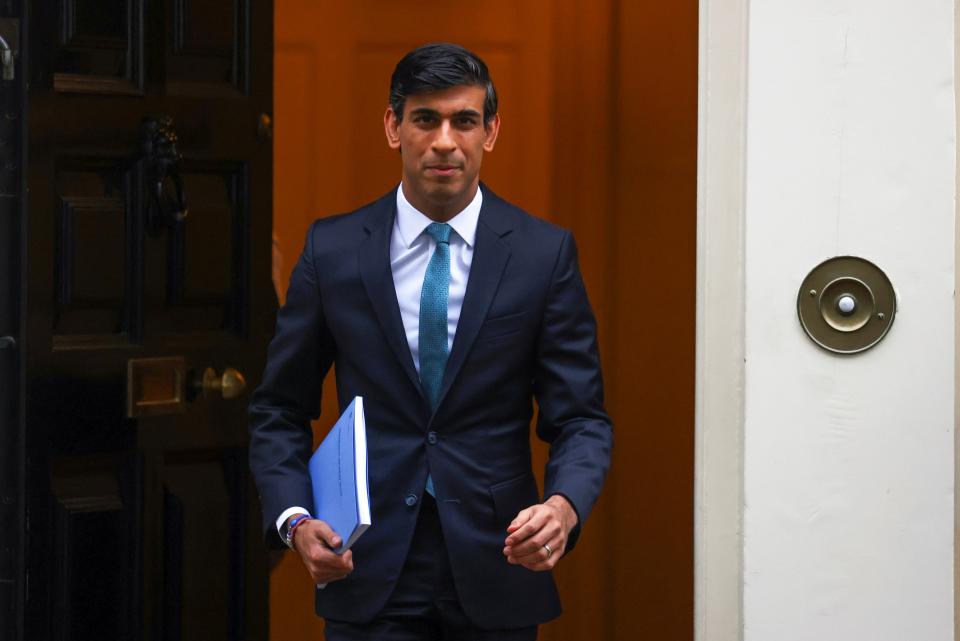Tax rises and spending cuts of up to £46bn needed after Covid crisis, warns spending watchdog

Tax rises and spending cuts of up to £46bn will be needed to rescue the Chancellor’s economic rules after the Covid-19 hurricane, the spending watchdog has warned.
And the Treasury’s own plans shows that most of the pain is expected to be inflicted through higher taxes – with only £15bn earmarked to come from taking an axe to spending.
The Office for Budget Responsibility (OBR) set out the huge challenge to repair the public finances after Rishi Sunak announced a £55bn spending increase, almost all to tackle the pandemic.
In October, the Chancellor vowed to “get our borrowing and debt back under control”, which the OBR has interpreted as a flat or falling debt-to-GDP ratio by the end of the spending period, in 2025-26.
“Tax rises or spending cuts of between £21bn and £46 bn (between 0.8 and 1.8 per cent of GDP) would be required merely to stop debt rising relative to GDP,” its post-spending settlement report stated.
The warning comes as the OBR also highlighted how a no-deal Brexit would delay the economic recovery from the pandemic by “almost a year”, to the autumn of 2023 – slashing a further 2 per cent off GDP next year.
Mr Sunak is facing rising criticism for failing to mention the impact of EU withdrawal, which would be of “broadly the same magnitude” if no trade agreement is struck, the OBR said.
Unemployment would also be higher – peaking at 8.3 per cent in summer next year, rather than 7.5 per cent – and prices 1.5 per cent higher, because of new tariffs and other trade barriers with the EU.
The OBR said the Treasury’s fiscal rules were now unclear, but noted he also pledged, in his Tory conference speech, that “this Conservative government will always balance the books”.
It suggested that “even on the loosest conventional definition of balancing the books,” tax hikes or spending cuts of £27bn would be required.
The economic shutdowns provoked by coronavirus will see the economy shrink by its largest amount for 300 years and government borrowing reach levels previously unseen in peacetime.
The jobless count is forecast to hit 2.6 million by the middle of 2021, while “long-term scarring” means that, even in 2025, the economy will still be around 3 per cent smaller than had been expected before the pandemic struck.
The OBR also demolished the argument that the harsh impact of a crash-out Brexit would be masked by the ongoing damage from Covid-19 – pointing out it had hit services industries hardest.
In contrast, “firms in the manufacturing, financial services, and mining and quarrying sectors have been spared the worst economic consequences of the pandemic thanks to their ability to continue to operate while adhering to social distancing rules.
“However, it is these latter, trade-intensive sectors that are most exposed to the loss of unfettered access to the EU market.”
Read More
No-deal Brexit to hammer economy, warns OBR – follow live
No word from Sunak on the sunlit uplands promised after Brexit – odd
Debate over tax rises tees up arm-wrestle between Sunak and Johnson
Sunak’s £4bn pot for ‘levelling up’ projects chosen by local areas
Major spending decisions by Sunak must wait until the pandemic is over

